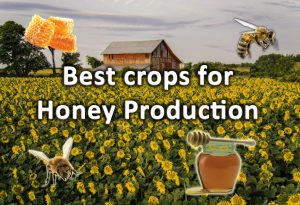During the second industrial revolution, the ability to store food was one of the most significant breakthroughs. The invention and supply of electricity led to the introduction of machines that produce a cold chamber commonly known as refrigerators. Refrigerators and other kitchen appliances changed people’s lives across the world.
People could store, produce and transport it to various destinations without it going bad. Several decades later, refrigerators and freezers became common in people’s homes. Today, people have taken the ability to store food in spoilage-proof spaces very much for granted.
However, just like any modern age invention, the spoilage-proof spaces need a wide range of elements to run smoothly. Electricity, a sheltered environment, and spare parts are just some elements that make these devices easy to operate. If you are in a scenario where one of the mentioned elements is not available, the appliance will not be practical.
As a person with a genuine interest in homesteading, you understand how vital it is to keep food from going bad for survival. It is essential to learn a few preservation methods. The best means of preserving food without electricity include:
Pickling
Pickled food is either fermented or immersed in its acidic juice to minimize the growth of harmful microorganisms. It helps keep the food safe pasts its normal expiration date.
Pickling involves preserving foods in a high-acid solution by natural fermentation or by adding vinegar. A high-acid environment discourages spoilers from growing. You can achieve a high acidity state by adding salt and vinegar.
Pickling using vinegar minimizes the chances of vegetable fermentation. Vegetables rest for a brief period in a brine. The acidity in vinegar helps raise the vegetable’s acidity to the point that no microorganisms can survive.

Pickling with salt involves combining dry salt with vegetables in high quantity. The salt pulls water juices from the vegetables to make a brine. The brine covers the vegetables, and the fermentation process begins.
The fermentation process involves natural bacteria in the food converting sugars into lactic acid, which is a natural preservative. One great thing about pickling is the large selection of foodstuffs that can be picked, including meat, vegetables, and fruits.
Canning
It is among the most versatile techniques of preserving food. The process involves sealing food in canned or jars and then heating them using boiling water for foods with high acid or pressure heating for low-acid foods. That helps to sterilize the food to kill the remaining bacteria.
At first, the cost of canning equipment and jars can be expensive but last for a very long period. However, you can reduce your cost by buying high-quality jars that last longer without cracking compared to cheap jars. Reusable lids are the best and cheaper since one can use them for longer, unlike disposable lids that are expensive.
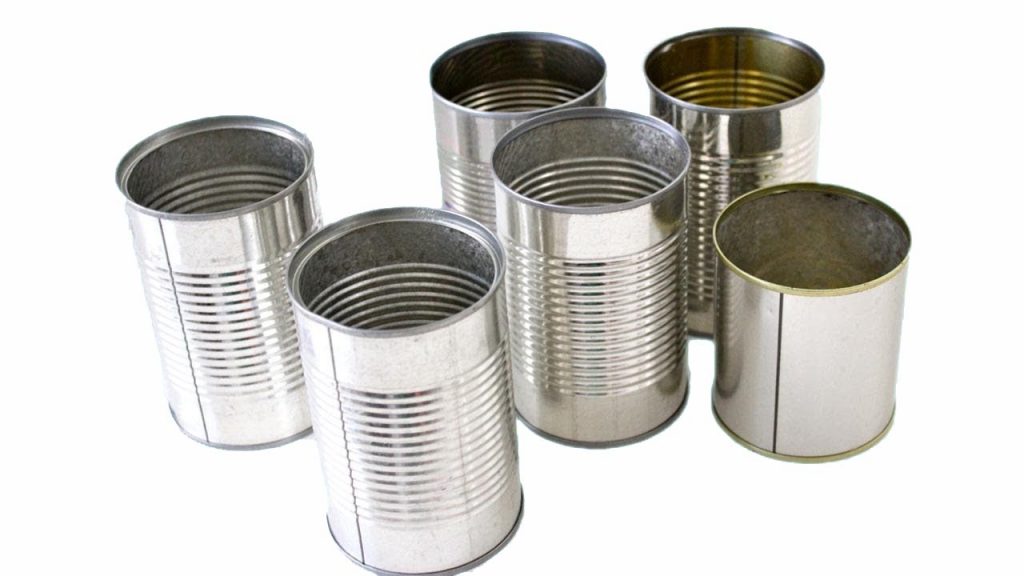
You can consume canned food immediately. If you decide to have some beef stew, the next day after canning your meat, you will enjoy the fork-tender beef peacefully.
Jams
This process includes creating syrup gel that resembles liquid food from pulp and fruits. Sugar preserves the fruit products and is easy to make at home.
You can make jams by first cleaning the fruit thoroughly before crushing or grounding it to create a thick consistency. If the fruits contain fibrous substances, filtering can help separate them from other contents of the fruit.
Heating the thick paste helps in reducing the moisture levels in the fruit and killing bacteria. To prevent bacteria regrowth, add sugar and a preservative like citric acid.
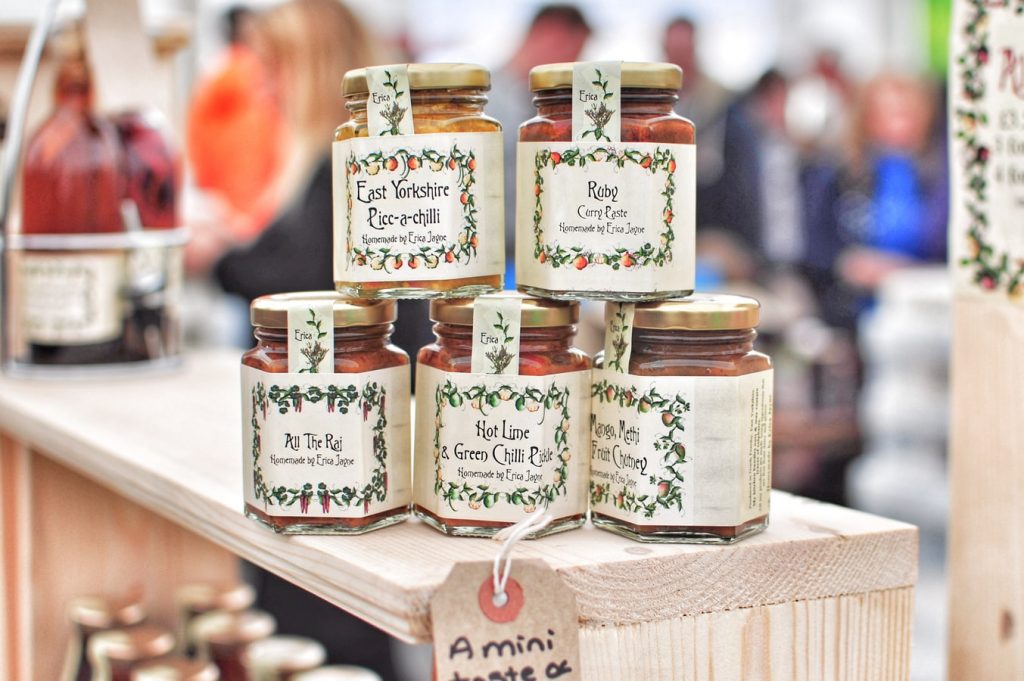
Fruits such as apples, gooseberries, plums, and citrus peel contain high levels of pectin, which provides gel formation or thickening. If you are making jam using fruit with low levels of pectin like strawberries, huckleberries, blueberries, and cherries, you can add a small amount of a high-level pectin fruit.
The jamming process pasteurizes the juices in the fruit while increasing sugar concentration and reducing water activity. This helps extend the shelf life of the product without having to use strong preservatives.
Fermentation
This ancient technique of preserving food involves is a natural process that involves microorganisms such as bacteria and yeast that help convert sugar and starch into acids or alcohol. The process is almost similar to canning, but it does not involve sealing up the food.
However, the process allows the entry of beneficial bacteria and uses brine with high acid levels as the solution. Brine allows food to ferment fast and prevents hazardous bacteria from growing.
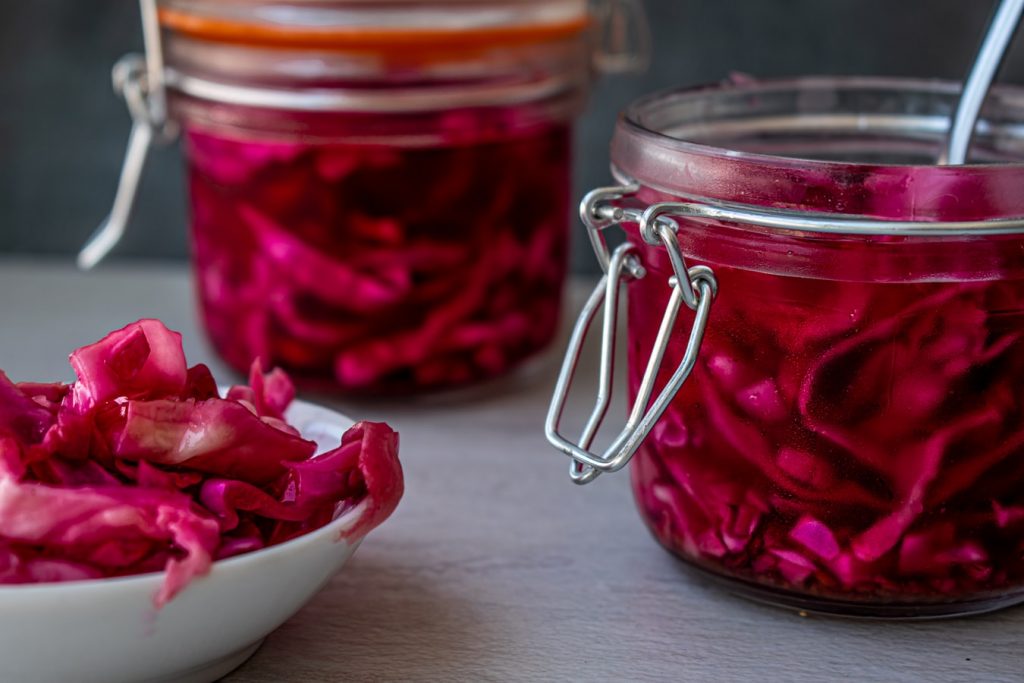
Foods such as yogurt, sauerkraut, and cheese are some common foods one can ferment. Besides, you can use the process to preserve vegetables and fruits to be consumed during times of scarcity. The alcohol and acids act as a natural preservative that provides the fermented foods a distinct tartness and taste.
The process also promotes the growth of probiotics, which are beneficial bacteria. Probiotics have been proven to improve digestion, immune function, and heart health. Fermentation not only extends the shelf life of your food but also improves your overall well-being.
Winemaking
Fruits such as grapes turn purple simultaneously, making it difficult for one to store them for later use. However, you can prevent your fruits from spoiling by doing several things. The most common one is winemaking, which can prolong the shelf life of your juicy grapes for so many years.
After harvesting, clean the grapes thoroughly before crashing the fruits into a must. Make sure you squeeze out the juice and separate it from the fruits’ cluster. Leave the must to its own devices and wait for fermentation to begin between 6 and 12 hours.
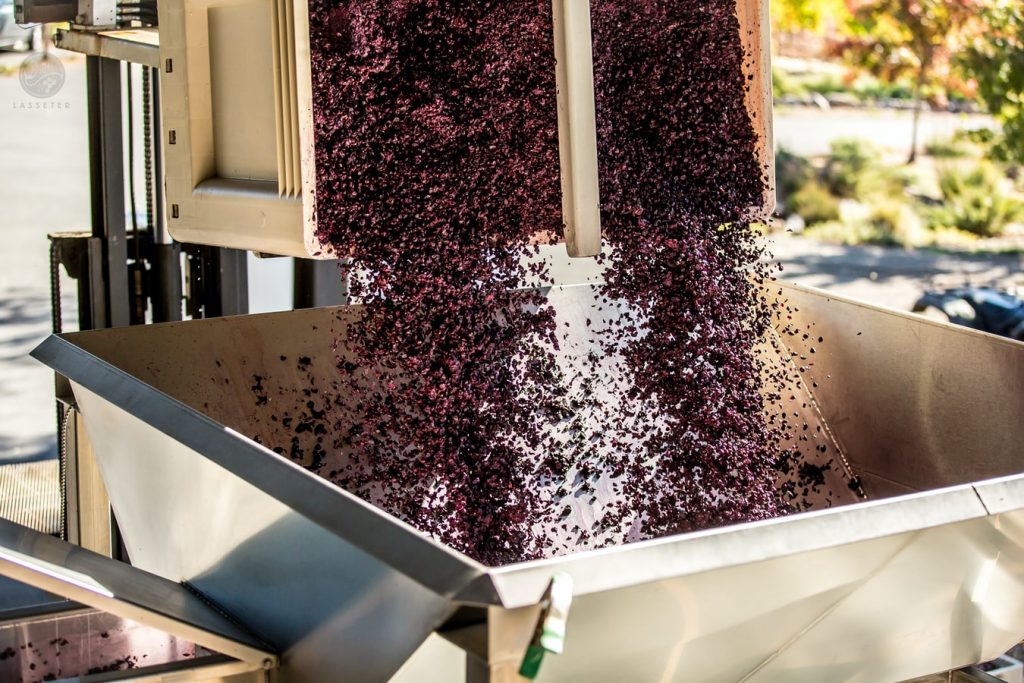
However, adding a paltry amount of yeast can speed up the fermentation process. The process continues until all the sugar present in the must is converted into alcohol. With that, your wine can last for many years if stored in a cool, dry place.
Zeer pot
Also known as the pot-in-pot device, the Zeer pot is a clay structure that has been in use for decades now. The Zeer pot acts as a refrigerator that does not need an electricity supply. It has proven to be effective in prolonging the shelf life of farm produce and other types of foods using the principle of evaporative cooling.
By reducing the storage temperature, the pot can extend the shelf life of harvested crops to close to 20 days. The pot has a design that comprises two pots made from clay. The designers of the Zeer pot add wet sand between the large outer pot and the small inner pot.
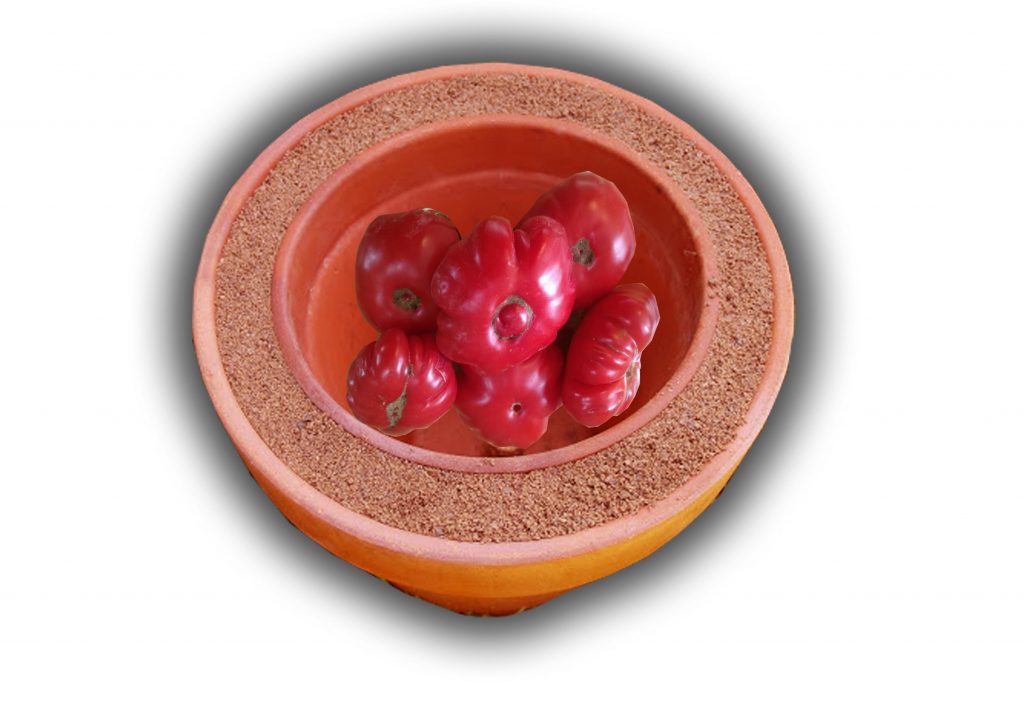
When the liquid in the sand evaporates, heat is drawn from the inner pot where one stores food. One only requires a water source to maintain moisture in the sand and efficient airflow to increase the rate of evaporation.
Charcoal cooler
It uses the same principle as the Zeer pot, the evaporative cooling to cool food preservation temperatures. Designers constructed the device using an open timber frame with sides filled with charcoal. The charcoal should be moist at all times for effective preservation.
When dry air flows through the moist coal or charcoal, evaporation occurs, cooling the preserved food. The system uses charcoal since it is affordable, easily available, and has a porous structure that holds water for an extended period.
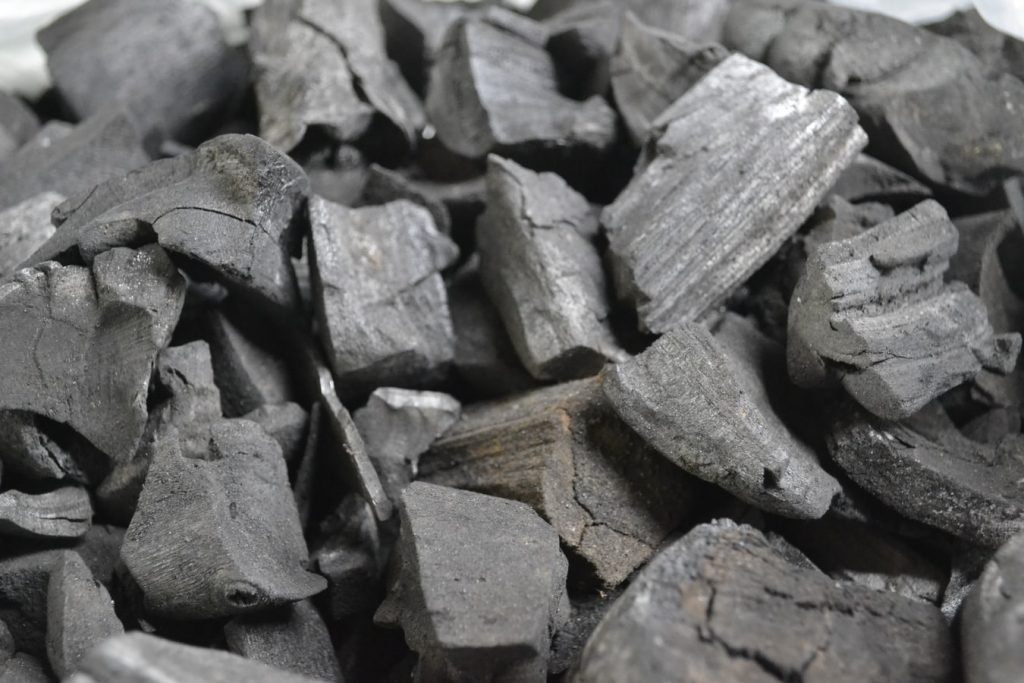
Charcoal coolers are best for storing fruits and vegetables as well as milk. The low temperatures discourage destructive bacteria from thriving and keeping food fresh for an extended period. Most developing countries have taken this concept to a tremendous level by building charcoal coolers the size of rooms to keep their farm produce fresh.
Root cellar
It is an ancient winter food storage preservation technique. Root cellars preserve food for an extended period in optimum conditions by controlling the humidity, temperature, and light. People use root cellars to store fruits and vegetables through the winter season. The underground spaces can preserve food from rotting and keeping it safe for consumption.
The current root cellar is the refrigerator. However, even without an electricity supply, you can use the cellaring concept to some degree. A root cellar requires that it has to be well ventilated to allow the circulation of air and protect the stored food from premature rotting.

A root cellar does not have to be an old-fashioned storage cellar or a stand-alone structure in a dirt-floor basement. For those living in the city, in an apartment, or in a condominium, there are several options available for cellaring food. Your cool basement closet or an attic can be a food storage cellar. You can store your potatoes, squash, onions, apples, or any other shelf-stable foods in the ground with heavy mulching in your garden.
Sand storage
Sand storing root vegetables along with fruits such as apples is a concept that has been in use for a very long time. Sand helps in preventing excess moisture from getting to the food to prevent decomposition. This helps to regulate humidity and extend its shelf life.
One can accomplish storing food in sand using various ways. You can use a bucket as a receptacle and start filling it with a few inches of fine sand. Tuck in your root vegetables like carrots, rutabagas, turnip, and beets as well as firm fresh fruits such as pears and apples. Cover the food with sand and ensure to leave a bit of space between each vegetable for air circulation.

It is vital to remember not to wash any vegetable you intend to sand store since that would speed up decomposition.
You can also use a wood box or cardboard to sand store your vegetables and fruits in a cool basement, shed, pantry, cellar, or a heated garage as long as the temperature does not go below freezing point.
Drying
This is one of the easiest food preservation methods and the least labor-intensive option. Drying food reduces moisture levels, making them lightweight and easy to store. One can use this technique along with other food preservation methods, like canning and freezing.
Drying is simple, easy, and safe. It makes food tasty and nutritious since moisture is the only thing lost during preservation. Dried foods are the best sources of quick energy.
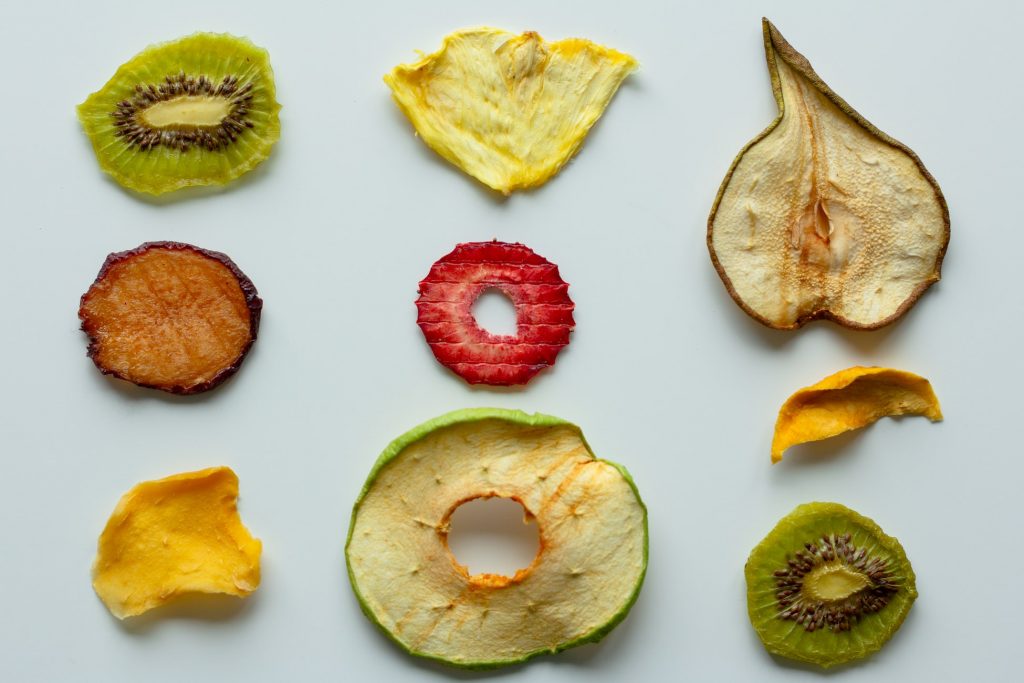
Most bacteria and mold require water to grow. The process helps slow down enzymes without deactivating them. Drying helps extract most of the water from food such as fruits, vegetables, and meat. The process helps prolong the shelf life of the food by preventing it from spoiling easily.
There are several ways to dry food, but the most common one is using the natural forces of the sun and wind. One only needs to prepare the foods and leave them under the sun to dry naturally. This process is best during a warm, dry day with full sun.
Curing
Salt has been in use for many years now in food preservation. It helps prevent bacterial growth from taking place. The substance wilts vegetables and creates the characteristic texture.
Curing is a food preservation technique that helps prevent spoilage. Since most microorganisms cannot survive on food with a high level of salt concentration above 10 percent, this technique is suitable for meats.
You can practice curing to food such as fish or meat through smoking, salting, and brining, which involves soaking food in a saltwater solution.
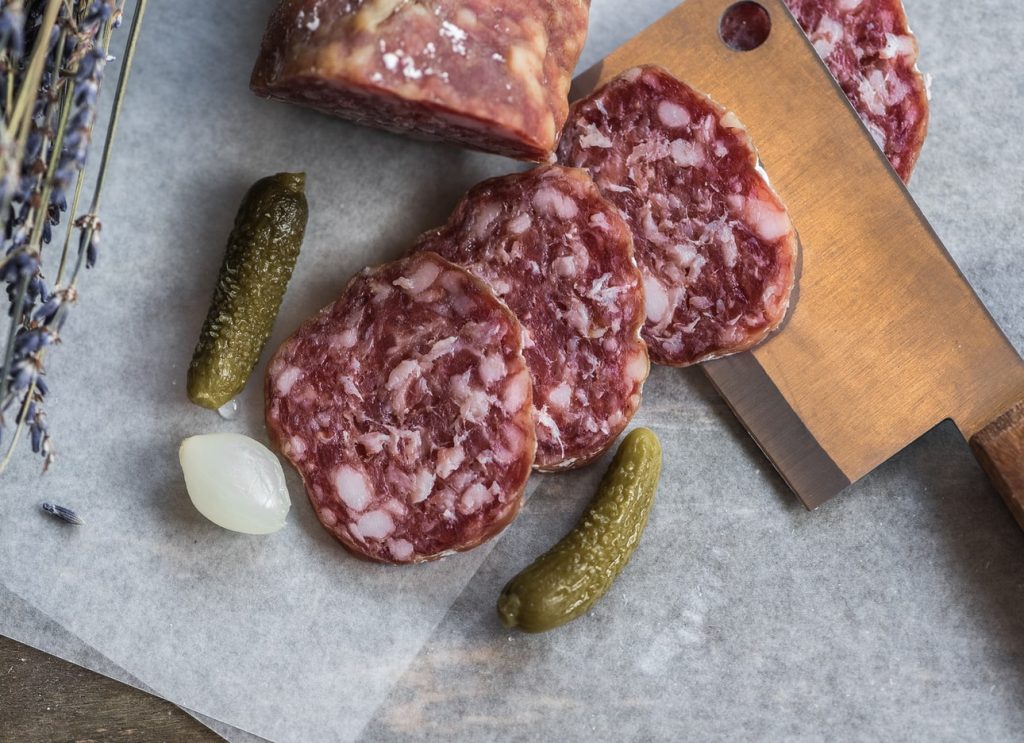
However, salting is the easiest way of curing perishable food rich in protein. This technique helps extend the shelf life of these foods from barn to market. It involves rubbing salt into fresh meat and then packing it in a tightly sealed crock where the food is stored at cool temperatures.
Salt does not inhibit all bacteria growth, but it allows a moderate amount of fermentation to take place, making the food tastier. The preserved food ends up being tenderer since salt breaks down protein in muscle fibers.
Brining
It is like curing, but brining involves soaking meat in a solution of salt and water similar to margination before cooking. This preservation method uses the principle of diffusion.
The salt solution is denser compared to the water in the food, the product draws in salt and moisture adding a salty flavour to it. Brining food such as meat, poultry, and fish preserves the food for an extended period and also adds extra flavour.
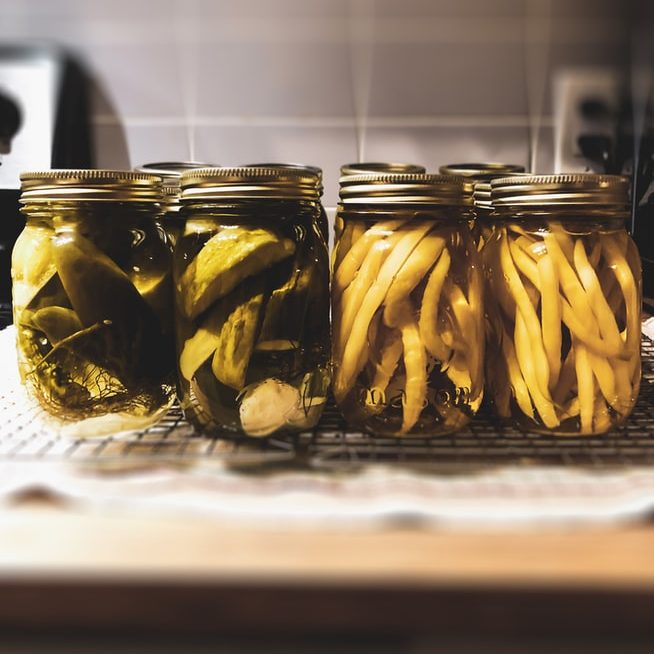
The only disadvantage of this technique is that one has to soak the meat again in plain water when ready to eat. Soaking helps remove the excess salt to make the meat more edible.
Olive oil
Long ago, before several food preservation methods existed, people used olive oil to preserve food such as vegetables, cheese, fish, and meat. Olive oil is an effective disinfectant. Using olive oil to preserve food can prolong its shelf life for an extended period without losing its natural value and taste.
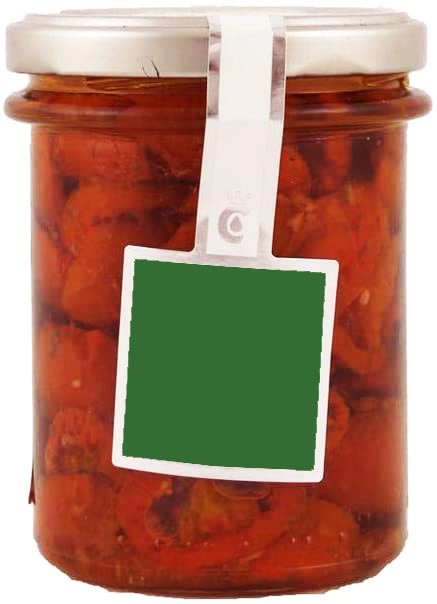
Olive oil is a natural preservative that prevents air from getting into contact with food leading to spoiling. The basic principles of food preservation using olive oil include:
- Food must be dry.
- The jars to be used should be clean and dry.
- Use extra olive oil to cover the food.
- Do not fill the jar to the top.
Smoking
It is one of the ancient ways of preserving food without electricity. Some people believe that the technique was in use even during the times of the cave dwellers.
Smoking is among popular cooking methods that can also prolong the shelf life of your food for an extended period. For an effective process, you require enough space outside and special equipment in the form of a smoker to handle the amount of meat you want to preserve.
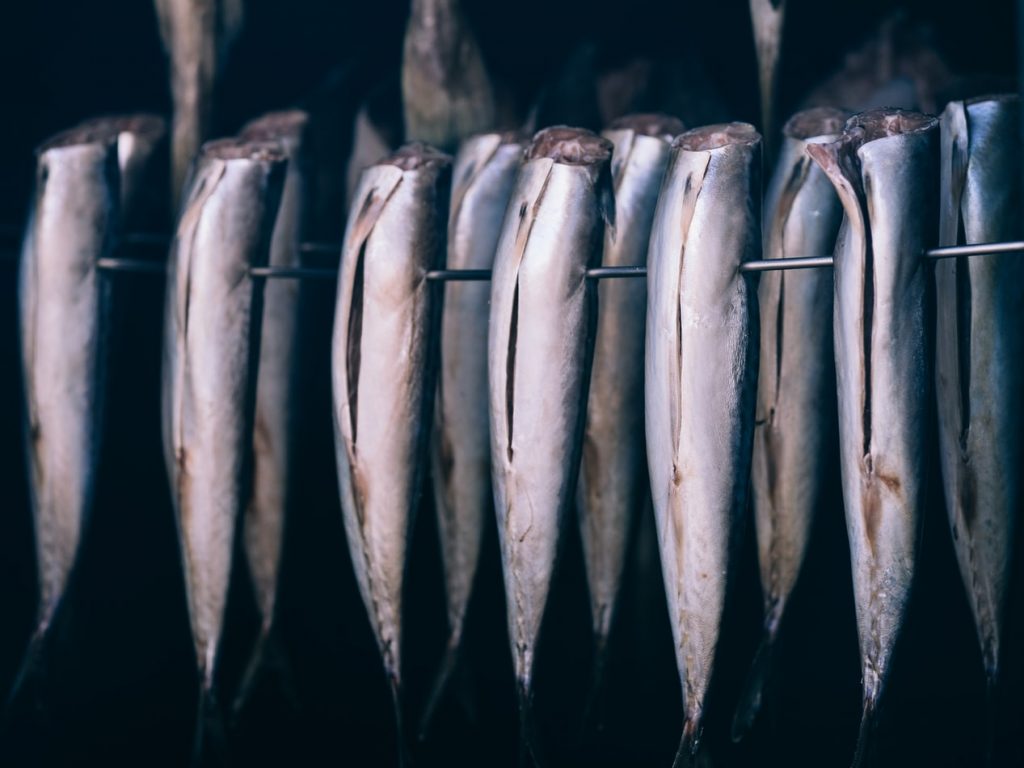
While smoking, you can flavor your meat by rubbing a mixture of salt, spices of your choice, and pepper. Also, the type of wood you use during smoking can also impart its flavor. Ensure to cook the meat until it resembles cured meats.
The purpose of smoking food is to extract as much moisture as possible to discourage bacteria growth. Bacteria growth and multiplying on food contribute significantly to spoilage. The drying and anti-insect properties of smoke can preserve food for a long period with very little effort.
Cheesemaking
If you are wondering how you will preserve milk for an extended period, cheese making is the best way. In making cheese, milk becomes something, unlike milk. However, cheese has its own delicious properties. The process is long and involves the use of enzymes, bacterial, and naturally formed acids that help solidify milk proteins and fats. When you make cheese successfully, you can store the milk for several months or even years.
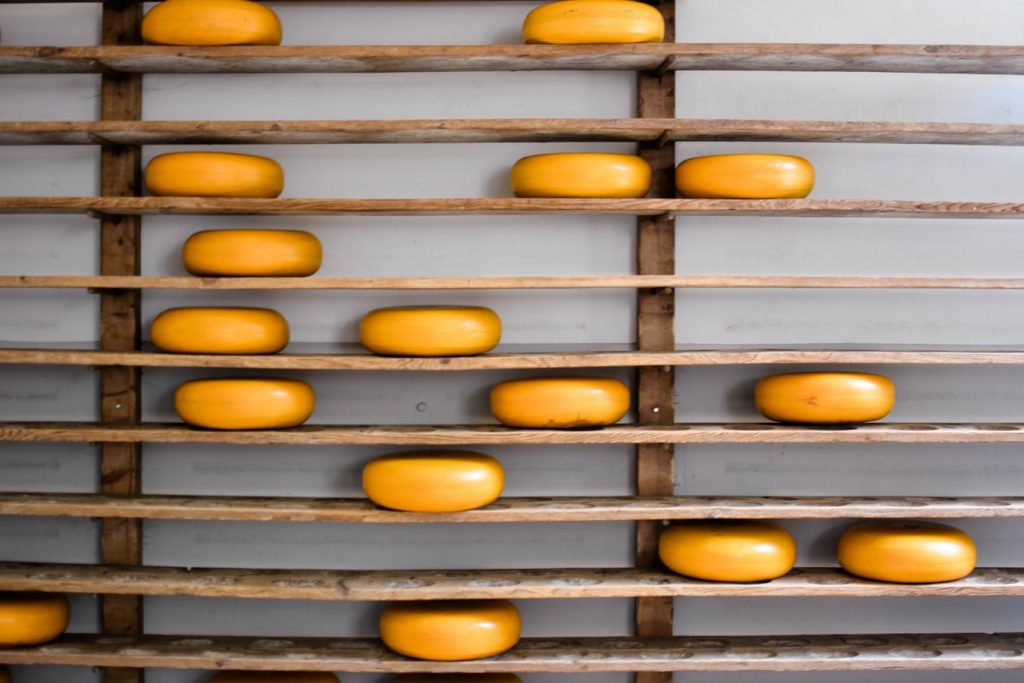
Adding the lactic acid bacteria into milk helps in converting the sugar in milk, also known as lactose to lactic acid. While the enzymes help change the proteins in milk known as caseinogen into casein. The casein captures calcium and fat in the milk, and it is what we see as curd.
The enzymes and bacteria help separate the milk nutrients from the water, which can lead to the spoilage of the food. The curds contain several nutrients such as proteins, calcium, fats, among many others.
So there you have it, 15 ways to store food without electricity. How do you store your food on your homestead?
Back to home

How Self Sufficiency and Homesteading can stop Climate Change
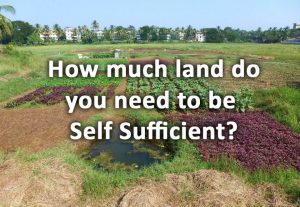
How much land do you need to be self sufficient?
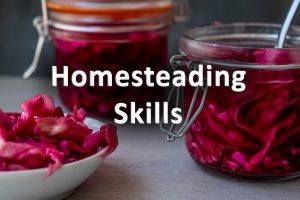
Homesteading skills, for Self Sufficiency

Homesteading Checklist for self sufficiency

A beginner’s guide to self sufficiency & its benefits
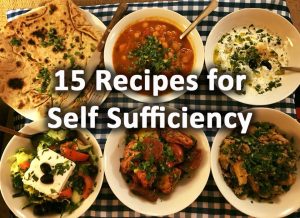
15 recipes for self sufficiency
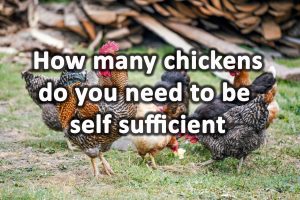
How many chickens do you need to be self sufficient?

27 foods you can forage for free near your home
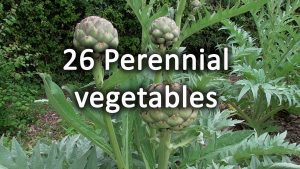
26 Perennial vegetables for the garden

Self sufficient homes

31 Homesteading projects
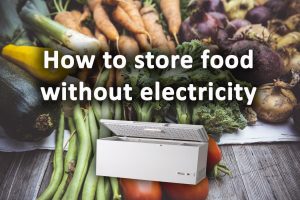
15 Ways to Store Food without Electricity

The best Climate for self sufficiency
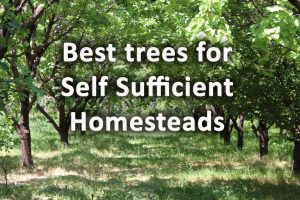
The most useful 22 Trees for a self sufficiency & homesteading
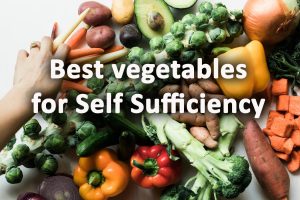
31 Vegetables for self sufficiency

What animals do you need to be self sufficient?

How to stop Climate Change with Crops – Crops for climate change
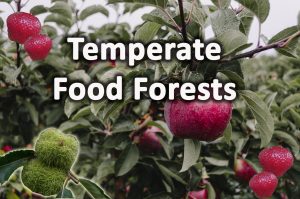
Temperate Food forests

32 Homesteading products for self sufficiency

10 Ways to Sustainably Heat Your Home

10 Ways self sufficient homesteading can be good for your health
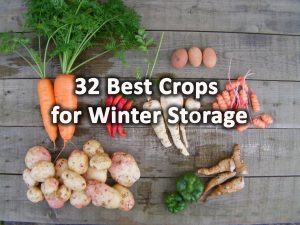
32 Best Crops for Winter Storage
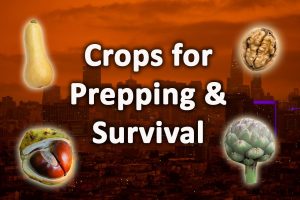
34 crops for prepping and survival
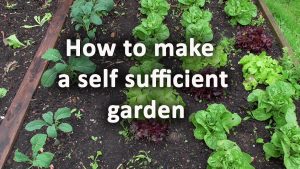
How to make a self sufficient garden
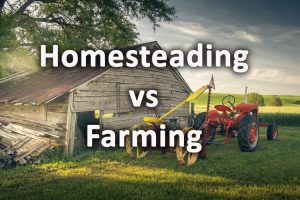
Homesteading verses farming what’s the difference?
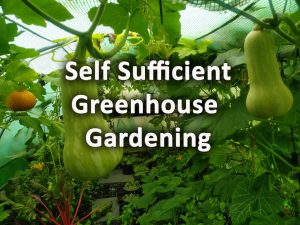
Self sufficient greenhouse gardening
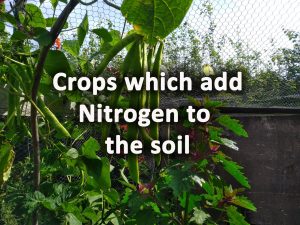
12 Crops which add nitrogen to the soil
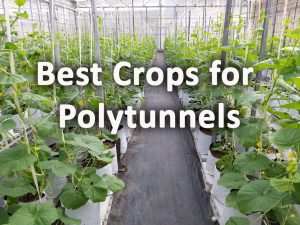
32 of the best crops for Polytunnels
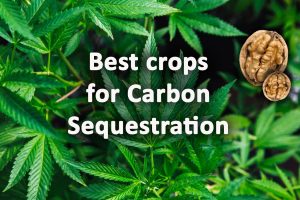
12 Best Crops for Carbon Sequestration
